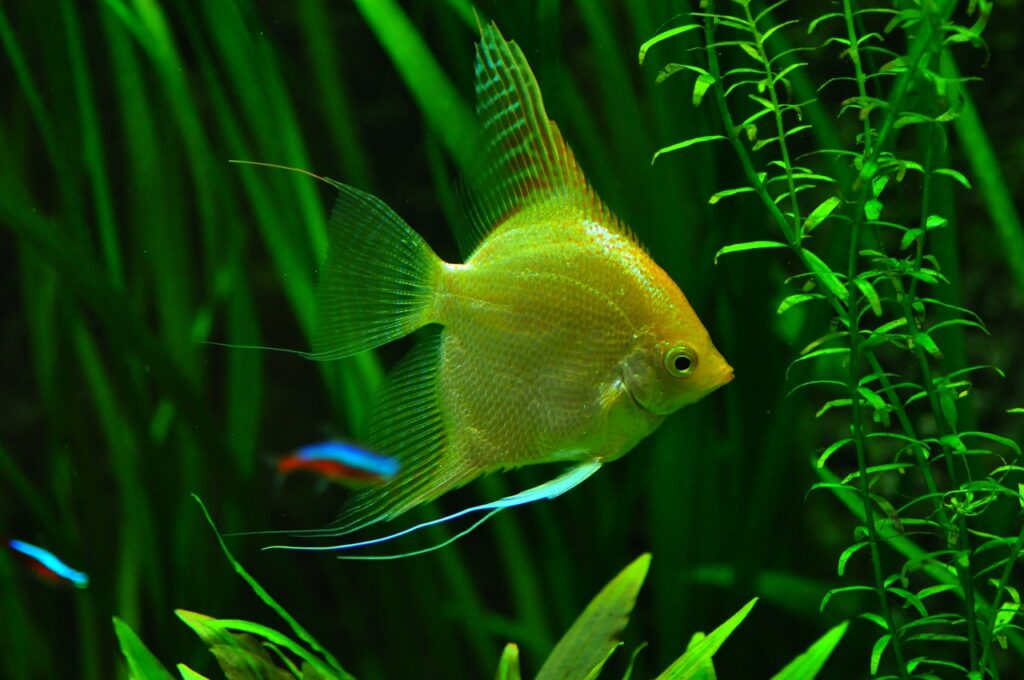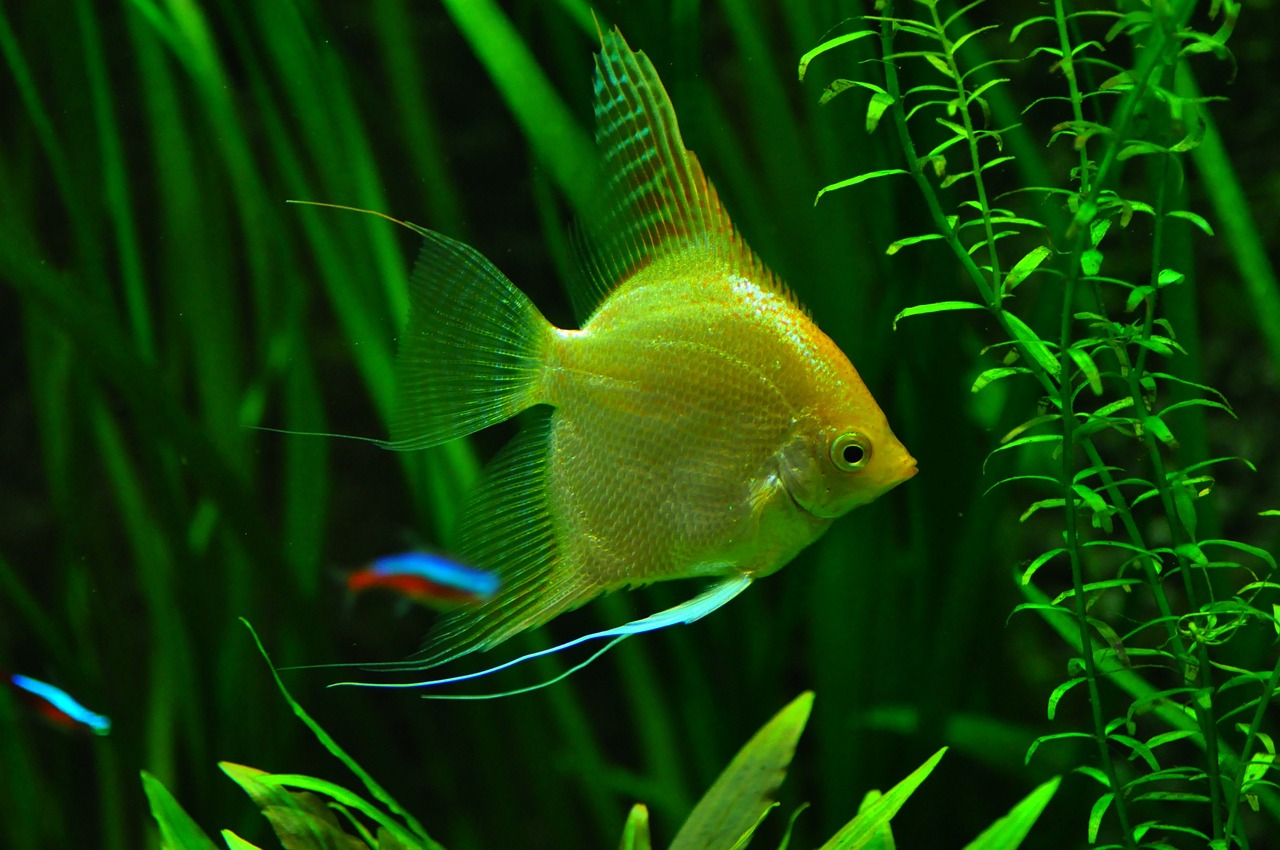Are you looking for a sustainable and efficient way to grow your own food? Look no further than aquaponics! By combining fish and plants in an ecosystem, you can reap a multitude of benefits.
In aquaponics, fish waste is converted into nutrients for plants, which in turn purify the water for the fish. This symbiotic relationship not only reduces waste but also eliminates the need for harmful synthetic fertilizers and pesticides.
Plus, with aquaponics, you can grow more crops in limited urban space and enjoy fresh and healthy food with a reduced environmental impact.
Keep reading to learn more about the benefits of aquaponics and how you can start your own system today.
Sustainability and Efficiency of Aquaponics Farming
You’ll be amazed at how much time, money, and resources you can save with aquaponics – it’s the sustainable and efficient way to farm!
With aquaponics, you can grow both fish and vegetables at the same time, without the need for soil or chemical fertilizers. This means that aquaponics is not only environmentally friendly but also cost-effective.
Since the system is integrated, you can save on water, energy, and labor costs. Moreover, aquaponics is scalable, which means it can be adapted to fit the available space and resources you have.
Whether you’re starting with a small backyard system or a commercial farm, aquaponics can be scaled up or down to suit your needs. This makes it an ideal solution for urban farming, where space is limited, and traditional farming methods are not feasible.
With aquaponics, you can grow fresh produce and fish all year round, providing a sustainable source of food for yourself and your community.
The Symbiotic Relationship Between Fish and Plants
As the fish excrete waste, it provides essential nutrients for the plants to grow, creating a mutually beneficial relationship. This symbiotic relationship is at the heart of aquaponics farming.
The fish waste is broken down by bacteria, producing nitrates and other nutrients that the plants need to thrive. In turn, the plants filter the water, removing harmful waste and excess nutrients, creating a clean and healthy environment for the fish.
This nutrient cycling is what makes aquaponics such an efficient and sustainable method of farming. It eliminates the need for chemical fertilizers and pesticides, conserves water, and reduces waste.
Additionally, the plants and fish can be harvested for food, providing a source of fresh and nutritious produce and protein.
Overall, the symbiotic relationship between fish and plants in aquaponics farming is a win-win situation, benefiting both the environment and those who consume the products.
Increased Crop Yield in Limited Urban Space
With urban space at a premium, utilizing aquaponics for increased crop yield is a smart and sustainable choice. Vertical farming is a popular method for maximizing space in urban areas. It involves stacking plants in layers. By integrating hydroponics with aquaponics, growers can produce a greater yield of crops in a smaller space.
Vertical hydroponic systems allow for the growth of more plants using less land, water, and nutrients than traditional soil-based methods. In addition, aquaponics provides a natural and sustainable source of nutrients for the plants. Fish waste is converted into fertilizer for the crops. This closed-loop system results in a higher yield of fresh produce with minimal waste. It makes it an environmentally friendly option for urban growers.
Elimination of Harmful Synthetic Fertilizers and Pesticides
Imagine your crops free from harmful synthetic fertilizers and pesticides, resulting in healthier plants and a safer environment for both you and your community. This is one of the many benefits of aquaponics, where fish waste is used as a natural fertilizer for plants.
Organic farming is made possible by this method, which eliminates the need for synthetic fertilizers and pesticides that can harm the environment and human health. By eliminating harmful chemicals, aquaponics promotes environmental conservation and sustainability.
It reduces water pollution since fish waste is converted into plant food instead of being discharged into waterways. It also conserves water since the system recirculates water through the plants and fish, using only a fraction of the water needed in traditional farming.
Moreover, aquaponics can be done in urban areas, reducing the carbon footprint of transportation and promoting local food production. With aquaponics, you can enjoy healthier plants and fish, while contributing to a healthier planet.
Fresh and Healthy Food Source with Reduced Environmental Impact
You can enjoy fresh and healthy food while reducing your environmental impact through the use of aquaponics. By combining fish and plants, you can create a sustainable and self-contained system that eliminates the need for harmful synthetic fertilizers and pesticides.
Not only is this good for your health, but it also benefits the environment by reducing your carbon footprint. With aquaponics, you can have a year-round supply of fresh produce without relying on traditional farming methods that contribute to soil degradation and water pollution.
This means you can enjoy a variety of fruits and vegetables that are free from harmful chemicals and pesticides. By taking advantage of the natural symbiosis between fish and plants, you can create a system that is not only sustainable but also efficient and cost-effective.

So why not try aquaponics today and start enjoying the benefits of fresh and healthy food while reducing your environmental impact?
Frequently Asked Questions
How much initial investment is required for setting up an aquaponics system?
To set up an aquaponics system, a cost analysis is necessary. The initial investment can range from a few hundred to several thousand dollars, depending on the size and complexity of the system. However, the return on investment can be significant in terms of fresh produce and fish.
What kind of fish and plants are suitable for aquaponics farming?
To ensure fish and plant compatibility in aquaponics, choose species with similar temperature and pH requirements. Optimal growing conditions also depend on nutrient needs, water flow, and sunlight exposure. Research and experimentation can help find the best combinations.
How is water quality maintained in an aquaponics system?
To maintain water quality in an aquaponics system, you need to set up a water filtration system and ensure proper nutrient cycling. This involves monitoring pH, ammonia, and nitrate levels, and regularly cleaning the filters and water.
Can aquaponics be profitable on a commercial scale?
Looking to turn your aquaponics hobby into a profitable business? With effective marketing strategies and scalable options, aquaponics can be a lucrative venture. Consider the demand for fresh, sustainable produce and fish.
What are some common challenges faced by aquaponics farmers and how can they be overcome?
Maximizing yield and preventing disease are common challenges in aquaponics farming. Innovative solutions, such as maintaining proper water quality, regular monitoring, and proper fish-to-plant ratios, can help overcome these obstacles.
Conclusion
So now that you know about the benefits of aquaponics, you may be wondering how to get started. The great news is that aquaponics is accessible to everyone, regardless of your experience level or space constraints.
You can start with a small system in your backyard or even indoors with a few plants and fish, and gradually scale up as you gain more knowledge and resources.
By combining fish and plants in a symbiotic relationship, aquaponics offers a sustainable and efficient way to grow fresh and healthy food while reducing environmental impact. Not only does aquaponics provide a solution to limited urban space, but it also eliminates harmful synthetic fertilizers and pesticides.
So why not give aquaponics a try and experience the benefits firsthand? Your stomach and the environment will thank you.










